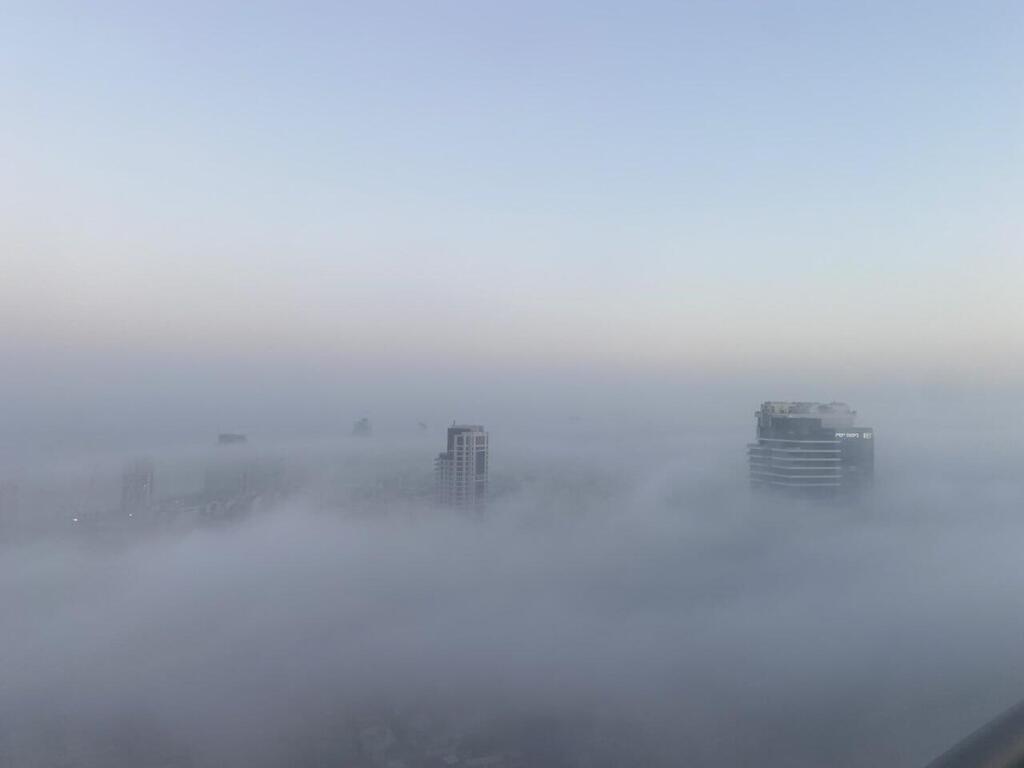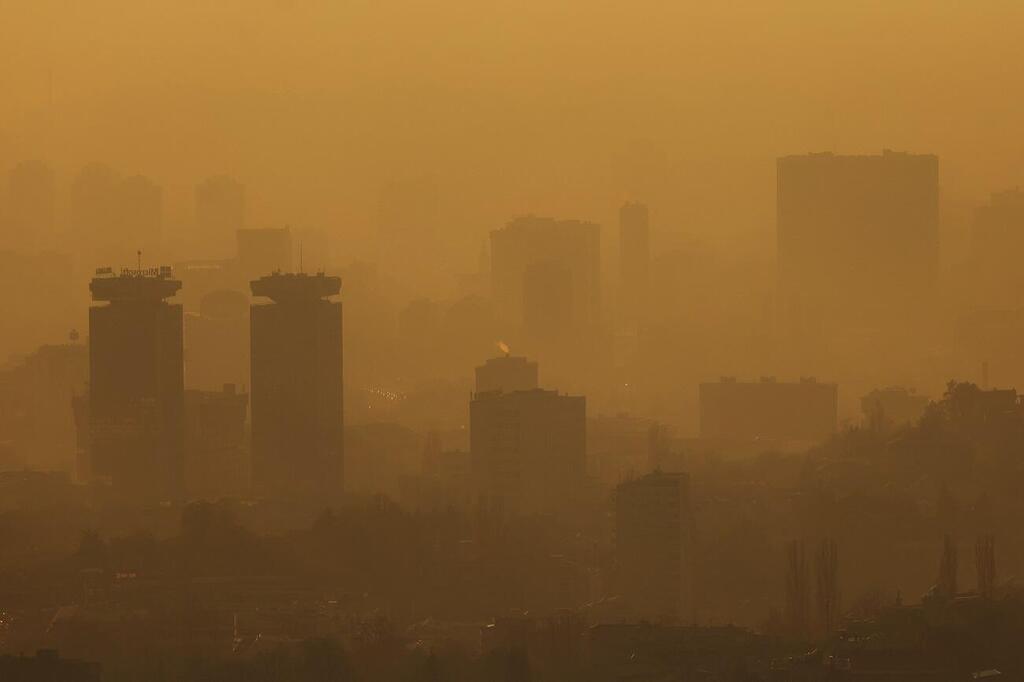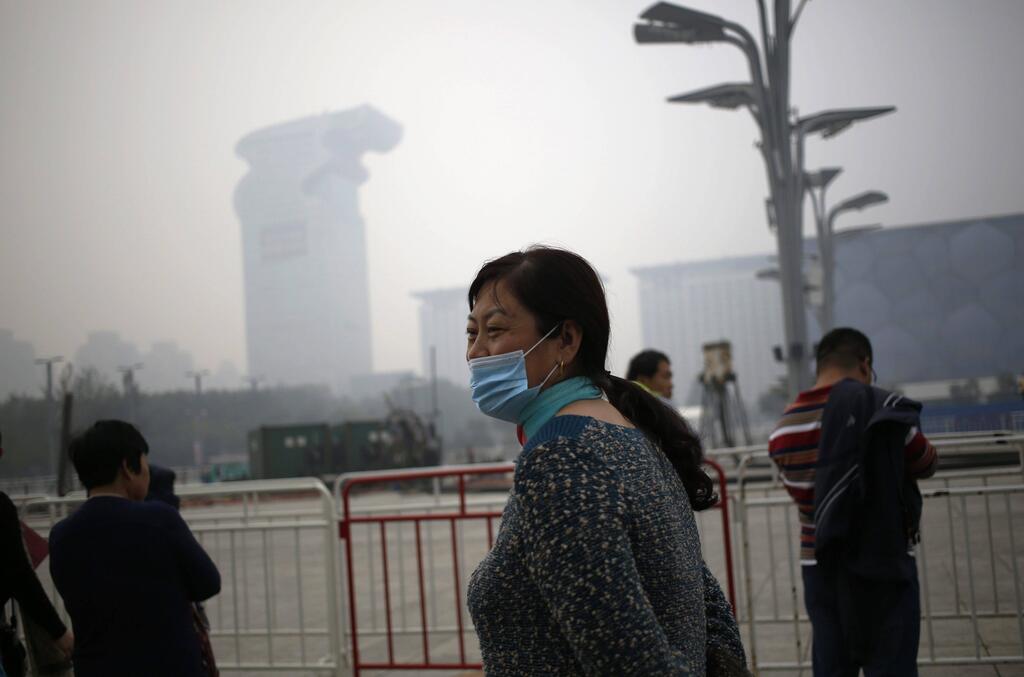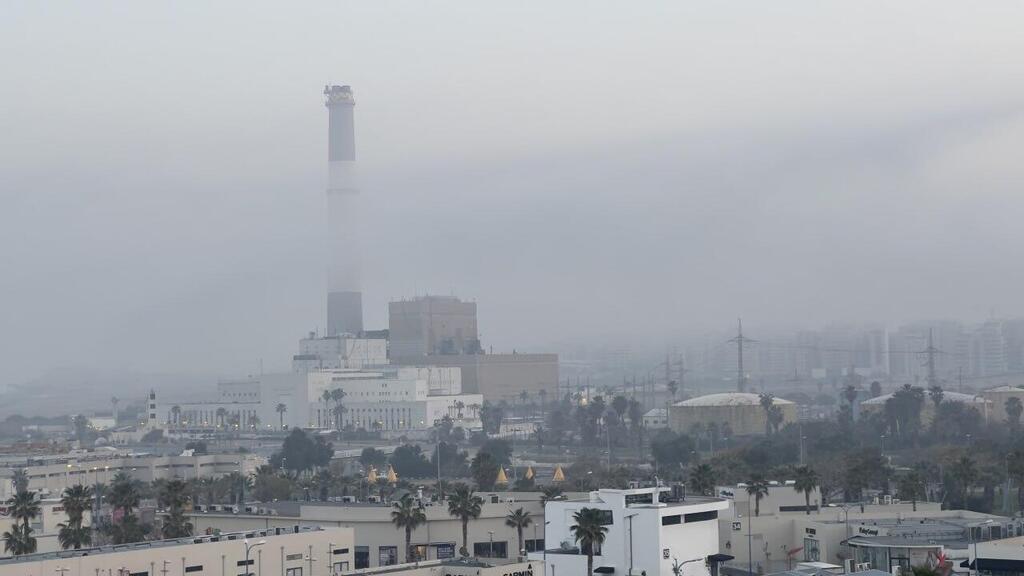Getting your Trinity Audio player ready...
It is very fortunate that the Earth's atmosphere is transparent. This unique quality, which is not at all obvious when observing other planets, allows the sun’s rays to warm the reptiles, nourish plant leaves and lets us relish the spectacular views of our world, and to see from a distance. Yet, the air at the surface is not always that clear, and some atmospheric phenomena can reduce air transparency, decrease the amount of light reaching the surface and shorten our visibility range.
More stories:
The three most common phenomena of this type are fog, haze and smog. One thing they all have in common is the presence of minute particles in the atmosphere, which block the passage of light waves by absorbing or scattering them. However, the specific type of particles defining each phenomenon and the physical processes that result in their accumulation in the air vary considerably.
Fog
Fog, much like his celestial counterpart, the clouds, takes shape when air becomes saturated with water vapor - water in its gaseous state. Excess moisture is released, coalescing into myriad minuscule and densely-packed water droplets. The air’s saturation point for water, often referred to as the dew point, depends on the concentration of water vapor in the air and its temperature.
Colder air can accommodate less water vapor, reaching its dew point at a lower relative humidity. This is one reason fog typically forms during the wee hours before dawn, when surface temperatures plunge below zero degrees Celsius, causing fog droplets to freeze. As day breaks and the sun shines, surface temperature begins to rise, pushing the dew point up. As a result, the liquid water droplets gradually evaporate, restoring visibility.
A similar phenomenon occurs when we exhale in chilly weather. The air released from our respiratory system, warmed from its brief stay within our body, is laden with water vapor, which has evaporated from the lung surfaces. As this warm breath encounters the cold air outside, its dew point drops rapidly. Consequently, some of the water vapor condenses to form liquid droplets, creating the visible breath we see.
Fog can also form when the concentration of water vapor in the air increases without a change in temperature. Such a phenomenon occurs, for example, near large water bodies, such as oceans and lakes, where continuous evaporation introduces moisture into the air above their surfaces. Even plant transpiration, can significantly increase the air’s moisture content, when occurring on a large enough scale such as in tropical forests, leading to the formation of fog or even rain clouds.
Another condition for the formation of fog, and of clouds in general, is the presence of tiny dust particles that are carried in the air and are called aerosols. Under normal conditions water vapor cannot condense into liquid in the gaseous air itself, it can only do so on objects in a liquid or solid state.
Such particles are called condensation nuclei and they can be composed of a wide variety of materials. Sea salt crystals that are present in the coastal air are especially effective and can lead to the formation of particularly dense fog around saline water bodies. Similarly, ash particles that are carried by the air during fires have the same effect.
The conditions that lead to the formation of fog at the surface can also exist in higher altitudes in the atmosphere, resulting in the formation of a broad layered cloud known as a Stratus. This cloud presents itself as a diffuse, white and hazy blanket that occasionally blankets the entire sky.
Haze
Another atmospheric phenomenon that disrupts air clarity and limits our visibility is haze. Unlike fog, composed of liquid or frozen water particles, haze is a condition in which the air’s lower layer, closest to the surface, contains a high concentration of solid and dry particles that remain suspended for an extended duration. These can include mineral dust, ash and even pollen.
Human activities can also contribute to the formation of haze. Large-scale particles, such as burning garbage, natural forest and bush fires, infuse the air with ash particles that can spread over extensive regions. Additionally, large construction sites, quarries and field plowing can generate localized haze.
Smog
Smog is a combination of the words “smoke” and “fog”, and it was coined to describe a state of extreme air pollution, mostly caused by human activity like burning fossil fuels or industrial chemical processes. While fog and haze describe a state in which the air is saturated with liquid or solid particles only, smog contains many gaseous components, which, when combined with solid and liquid particles, can confer gray, yellow or brown shades to the air.
Although visually, haze and smog might appear quite similar, haze often covers large geographical expanses, whereas smog manifests more locally, appearing from afar as a low-hanging layer hovering over cities. Though the term smog includes the word fog, the presence of fog droplets isn't necessary for smog formation.
The main gasses that constitute smog are nitrogen oxides, sulfur oxides and ozone. A significant component of smog is the soot itself, made up of different carbon compounds in a gaseous or solid state. These are released during the incomplete combustion of carbon-based fuels such as coal and oil. The source of the gasses and particles forming smog are internal combustion engines in vehicles, carbon fuel-based power plants and even home heating stoves that utilize wood, coal or oil. As a result, urban areas, especially densely populated ones or those with cold winters, are typical hotspots for smog, posing a significant health risk in urban environments.
One of the physical processes that occur during smog formation is called photochemical smog: the reaction and decomposition of polluting carbon compounds by ultraviolet radiation from the sun that produces new gasses, which are often highly hazardous and reactive. For instance, the radiation might cause nitrogen oxides to bond with oxygen to produce the toxic and unstable ozone gas (O3).
Ozone’s instability is manifested in its rapid reaction with other gasses in the smog, forming additional toxic compounds, such as peroxyacyl nitrate. Ozone also facilitates the conversion of sulfur and nitrogen oxides in smog to sulfuric and nitric acids, which attach to raindrops or mist droplets, resulting in acid rain or acid fog. This acidic precipitation poses threats to ecosystems, buildings and infrastructure.
Temperature inversion
A meteorological phenomenon that contributes to the formation of fog, haze and smog is temperature inversion in the lower atmospheric layer, called the troposphere. Typically, the air temperature in the troposphere decreases as the altitude increases.
However, sometimes the opposite occurs: when the lowest air layer that is in contact with the surface is colder than the layer above it. Since colder air is denser than warm air, it does not tend to rise. This bottom air layer stays in place, allowing particles and gasses to accumulate in high concentrations, without dispersing due to vertical air flow.
This is also why power plants that burn fossil fuels release smoke through very tall chimneys. They route particles above the inversion layer, so they do not accumulate near the ground and cause health hazards.
Smog accumulation beneath the inversion layer poses a significant problem in large urban areas that tend to form ‘urban heat islands’ around them, due to excessive absorption of sunlight relative to natural terrain. At night, when the sun is no longer heating the surface, the warm air layer surrounding the city may rise slightly, allowing colder air from the surroundings to penetrate beneath, creating an inversion.
This phenomenon becomes even more severe in cities that are located within valleys, such as Mexico City and Ulaanbaatar in Mongolia, where cold air from the mountain peaks slides down during the night and gets trapped beneath the warm city air. Consequently, cities with similar topographical features, grapple with severe air pollution, putting their residents at an elevated risk of developing respiratory health problems that could lead to premature death.
These are the most prominent phenomena that affect atmospheric clarity. Some of them are side effects of processes beyond our control, such as sandstorms, natural forest fires or volcanic eruptions. However, some are caused, or significantly influenced by man-made air pollution. We can and should reduce these, not only to be able to enjoy our world’s landscapes but primarily for our health.






